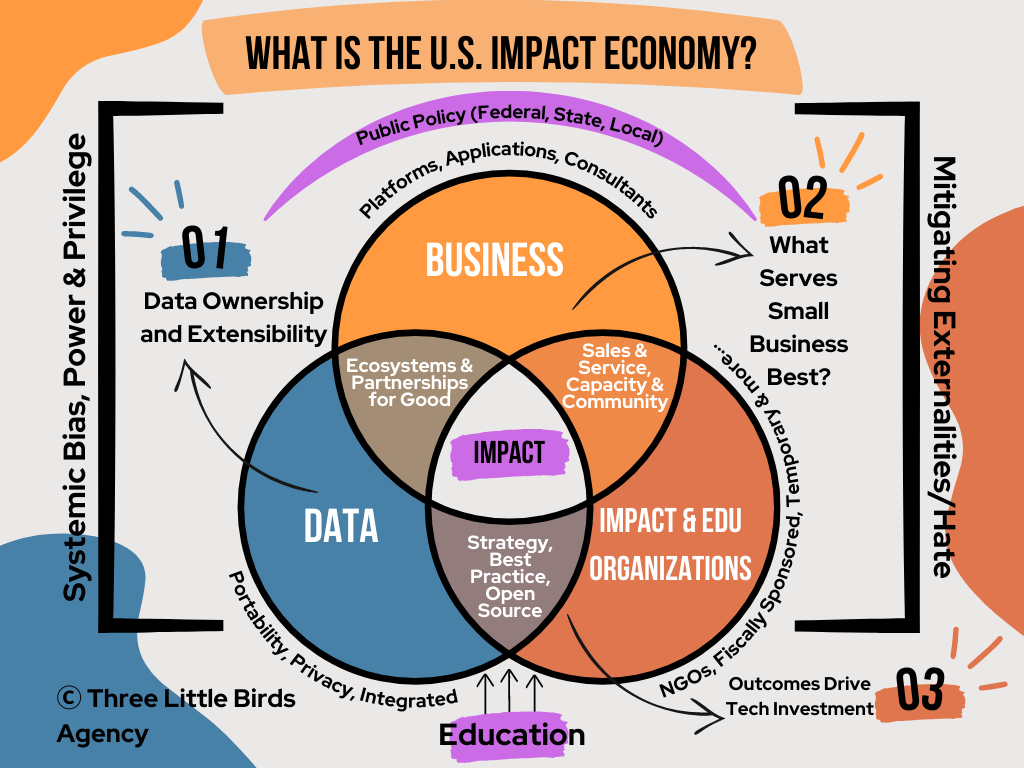
“Why is it so hard to sell software to nonprofits? Why does it take so long, wear down deals, and why do business partners serving them always seem to have a different opinion about what needs to happen and when?”
How many times have software platforms, applications, and other entities that want to bring technology to this ecosystem been stymied by these questions? For impact organizations, which frequently are facing their own priorities about where to spend dollars towards infrastructure versus mission, the answer is obvious: mission-driven organizations don’t measure profit as a means of success, they measure change and their ability to serve their constituents.
This is what is frequently coined as “impact,” in the technology space, but also frequently misinterpreted into sales roles designed to “speak nonprofit.” However, there’s a missing framework for understanding the why of these organizations’ actions. Unlike technology companies, be they private, venture-backed, or public, these organizations are responding to a world in which the inputs are categorically different than from a traditionally-structured for-profit economy. The Impact Economy.
The Impact Economy looks at multiple needs that begin with truly changing how our world works: either through policy advocacy, meals served, people elevated out of poverty, homes built… Whatever is the actual output of mission-driven organizations, and the requirements for making this output as efficient as possible.
Data, businesses, and the organizations themselves interact with each other in discrete ways, and can be accelerated either by public policy or education opportunity. Impact is, in turn, supported by data liberation, the overwhelming number of small businesses with mission-driven domain expertise, and placing constituent outcomes ahead of rote technology investment. All of this exists between two points of tension: systems of power, privilege and bias; and mitigating the negative externalities of our economic, political, and social systems.
So, before being frustrated with how software is sold to nonprofits, we must ask ourselves, “What other components of the Impact Economy are in play here, and how are they affecting an organization’s ability to prioritize, fund, and deliver on its mission?” We can choose to partner and sell differently to these organizations, and that’s what will truly move the needle for impact.